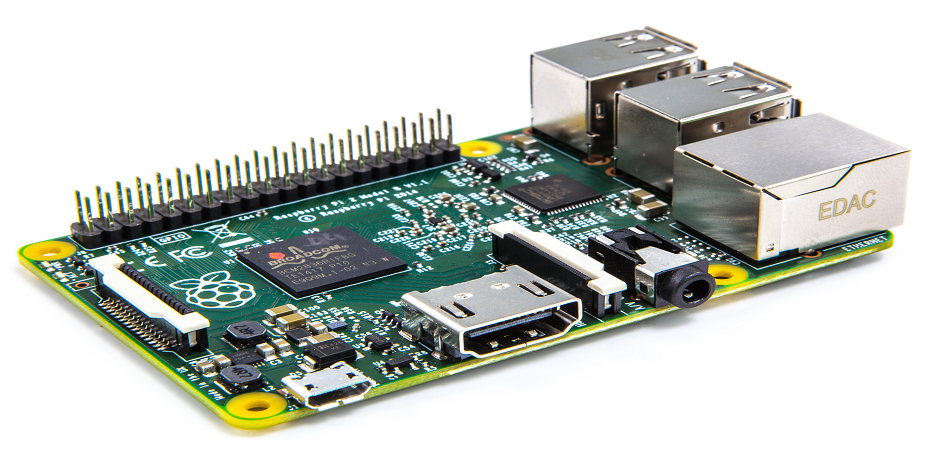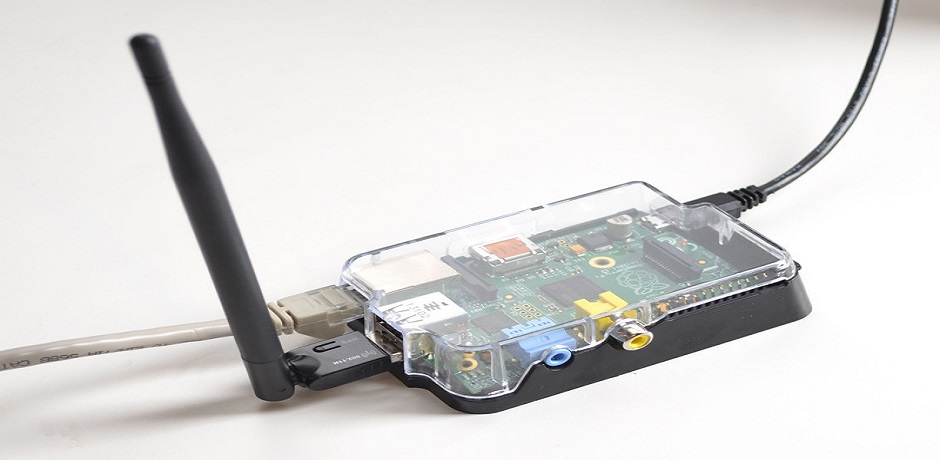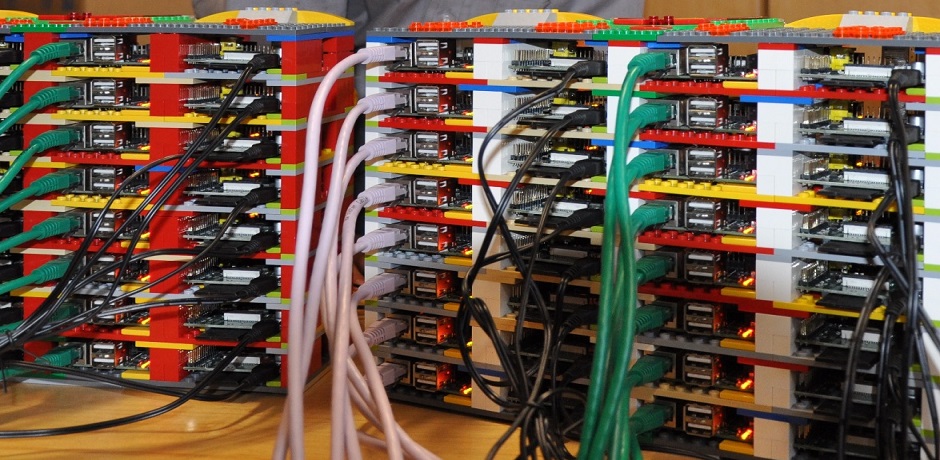The Raspberry Pi 2 is an evolution of the hugely successful original version that allowed makers and tinkerers the ability to spread their creative wings. Some improvements that were made over the original were the upgraded 900MHz quad-core ARM cortex A7 and 1GB of RAM. All of the other specs are carried over from the Raspberry Pi 1 Model B+. Those include: 4 USB ports, 40 GPIO pins, full HDMI, Ethernet, camera interface, display interface, micro SD, and a VideoCore IV 3D graphics core.

With specs like that, how could you not build something from your wildest dreams? There are almost too many possibilities, so in light of your dilemma we have made a list of the five coolest projects.
Raspberry Pi Microwave
Yeah yeah I can already hear the groans and see eyes rolling but take a second and think about it. Those all-night long diablo 3 sessions demand fuel! What better way to battle with your fellow wizards, monks, witchdoctors, and barbarian than with a belly full of taquitos!
This build takes microwaves to the next level with voice control, phone connectivity via phone, barcode scanner, and twitter notifications.
To build a “smart microwave” you are going to need a few things to get started. You already know that a microwave with a touchpad and a Raspberry Pi 2 are required. You will also need a Raspberry Pi PGIO adapter to port over your Arduino code to get the whole thing to work. Some other hardware tidbits are the USB powered speaker, USB microphone, Wi-Fi adapter, and barcode scanner.
Full details on how to build this beast can be found at madebynathan.com
Magic Mirror
Mirror, mirror on the wall, who is the smartest of them all? What better way to start your busy day than with a briefing on the important things while you wash up. While it might seem a bit excessive, it’s easy to forget that some are always short on time.

There aren’t too many required bits and bobs to make a Magic Mirror but it will cost you a bit of money. Things needed are: a two-way observation mirror, TV display with side facing inputs, Raspberry Pi, USB to micro USB, HDMI cable, and a power cable. Not super expensive but depending on the monitor chosen that could change.
All of the dirty details can be found right here for this really cool project.
Raspberry Pi WI-Fi Access Point
Who doesn’t need a better Wi-Fi signal out in their back yard or man cave? This is one of the coolest and easier projects to undertake if you have a Raspberry Pi. It is also one of the cheapest projects you can do which makes it great for everybody to give a go.

The hardware you will need for this project includes an SD card, USB Wi-Fi dongle, and a Raspberry Pi (duh!). The How To on Pi-point.co.uk is easy to follow and should result in a rewarding little Wi-Fi extender!
AirPlay Receiver
If you make an AirPlay receiver with a Raspberry Pi does that make it an Apple Pi? Whether that’s true or not, this is another cheap and relatively easy project that’s great for everyone. Building something that you can stream music to from your iPhone is going to be way more rewarding than just buying one already made. Besides, if you grow tired of streaming Daft Punk you can always repurpose your Pi for something else.
To build one you’re going to need a few things first and I promise it’s only a few. For this project you will again need a USB Wi-FI adapter, 3.5mm stereo jack, and SD card flashed with Raspbian OS, and a Raspberry Pi.
Full instructions and guide can be found at raspberrypihq.com, happy streaming!
Pi Supercomputer
If the previous four projects aren’t challenging enough for you why not build your own supercomputer? It’s the ultimate in bragging rights as surely none of your neighbors or friends will have one. That exclusivity comes at a cost though, as you will need not only a lot of parts but some skills to match.

To make your own Deep Blue you will need 64 Raspberry Pi’s, a whole lot of LEGO’s, a 16GB SD card for each Pi, and $3,873.62 to buy everything! Southampton University’s Professor Simon Cox and is team have kindly compiled all of their hard work so that those who wish to build one may do so and that guide can be found right here.
Advertisement
Learn more about Electronic Products Magazine





